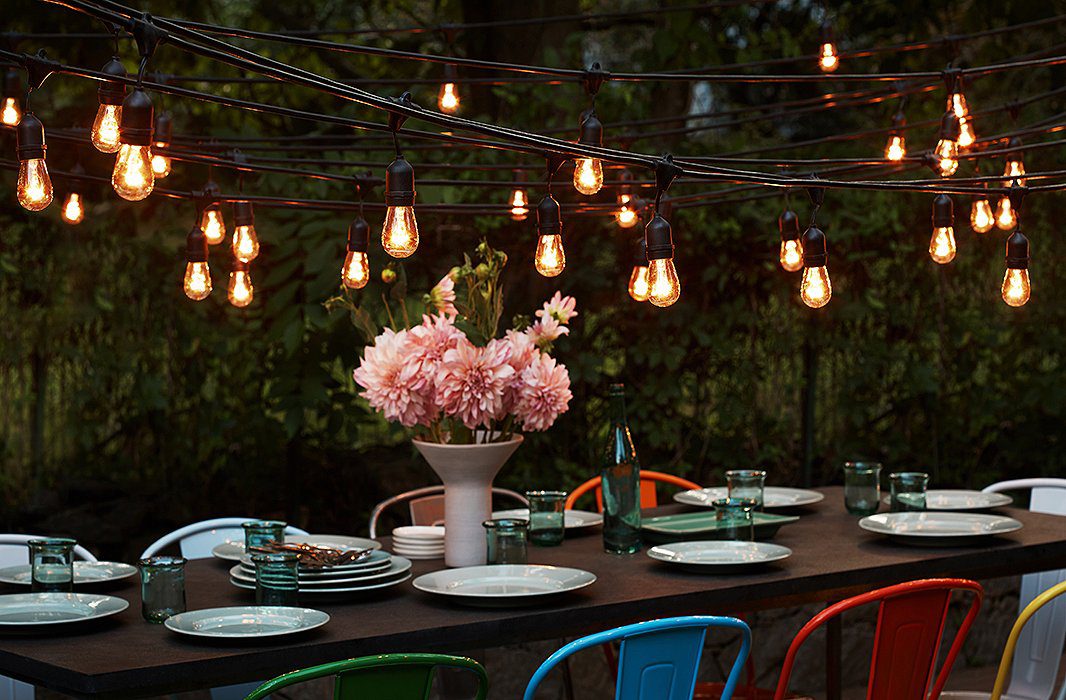A well-lit landscape not only increases the beauty of your garden but also provides safety and security to your property. Landscape illumination enhances the visual appeal of your house during nighttime and highlights significant features such as plants, trees, walkways, sculptures, or water features. Moreover, adequate lighting in pathways helps prevent accidents from tripping over unseen obstacles. The following tips will help you create an attractive yet functional lighting system in your garden.
Plan Your Lighting Design
Before installing landscape lights, it is essential to plan a layout that serves both aesthetic and practical purposes. Assess your garden area at night to determine which areas need illumination for safety and those that can benefit from decorative lighting. Sketch a rough map of the space and mark where lights should be installed. Ensure that your design caters both to pathway functionality as well as highlighting special elements within your garden using different lighting techniques such as uplighting, downlighting, silhouette or shadowing.
Select Appropriate Fixtures
Your choice of lighting fixtures plays a crucial role in achieving the desired ambiance in your outdoor space. Choose fixtures that complement the overall theme of your garden and are made from durable materials such as brass or stainless steel to withstand extreme weather conditions. There is a wide range of landscape lighting options available including spotlights, floodlights, bollard lights, path lights, and more. Additionally, consider LED or solar-powered light fixtures for an energy-efficient solution that helps you save on electricity costs.
Placement is Key
The placement of your landscape lights will largely influence the final outcome of your garden design. Balance illumination throughout your garden by avoiding over-lighting any particular area and focus on highlighting specific features or focal points. Experiment with various angles to create interesting shadows and avoid direct glare on walkways which may diminish visibility. When lighting pathways, space your path lights in a uniform pattern along either side of the walkway to provide adequate visibility without causing excessive glare.
Play with Color Temperature
The color temperature of your landscape light bulbs has the potential to alter the appearance of plants, foliage, and hardscape elements within your garden. Choose warmer white light (color temperatures between 2700K-3000K) for a welcoming atmosphere or cooler white light (around 4000K) for accentuating modern architecture or sculptures. LED bulbs can be an excellent choice as they are available in multiple color temperatures and can provide consistent output throughout their lifespan.
Include Timers or Motion Sensors
Automating your landscape lights through timers or motion sensors not only allows you to regulate when the lights turn on or off but also helps conserve energy whilst adding a layer of security to your property. Installing timers ensures that garden illumination operates at specific intervals according to your preference, while motion sensors offer added safety by deterring intruders with sudden illumination upon detecting movement within their range.
Maintenance Matters
To keep your landscape lighting system functioning optimally over time, regular maintenance is crucial. Make it a habit to check for burnt-out bulbs and replace them promptly to ensure consistent performance across all light fixtures. Clean glass lenses and fixtures regularly to remove accumulated dirt or debris that may hinder light output. Additionally, inspect your landscape wiring for signs of damage or wear and have it repaired if necessary.
Consult an Expert
If you are unsure about the intricacies of landscape lighting design or simply want professional advice on achieving the best results with your garden illumination, consulting a lighting specialist can be a wise decision. Lighting professionals can guide you in making informed choices concerning fixture types, placement strategies and appropriate color temperature selections for your outdoor space.
In conclusion, well-thought-out landscape illumination will not only provide safety and security benefits but can also transform your garden into an attractive sight during nighttime hours. Taking the time to plan your lighting design carefully, investing in high-quality fixtures and adhering to maintenance schedules will ensure that your property remains aesthetically pleasing and functional at all times.



































